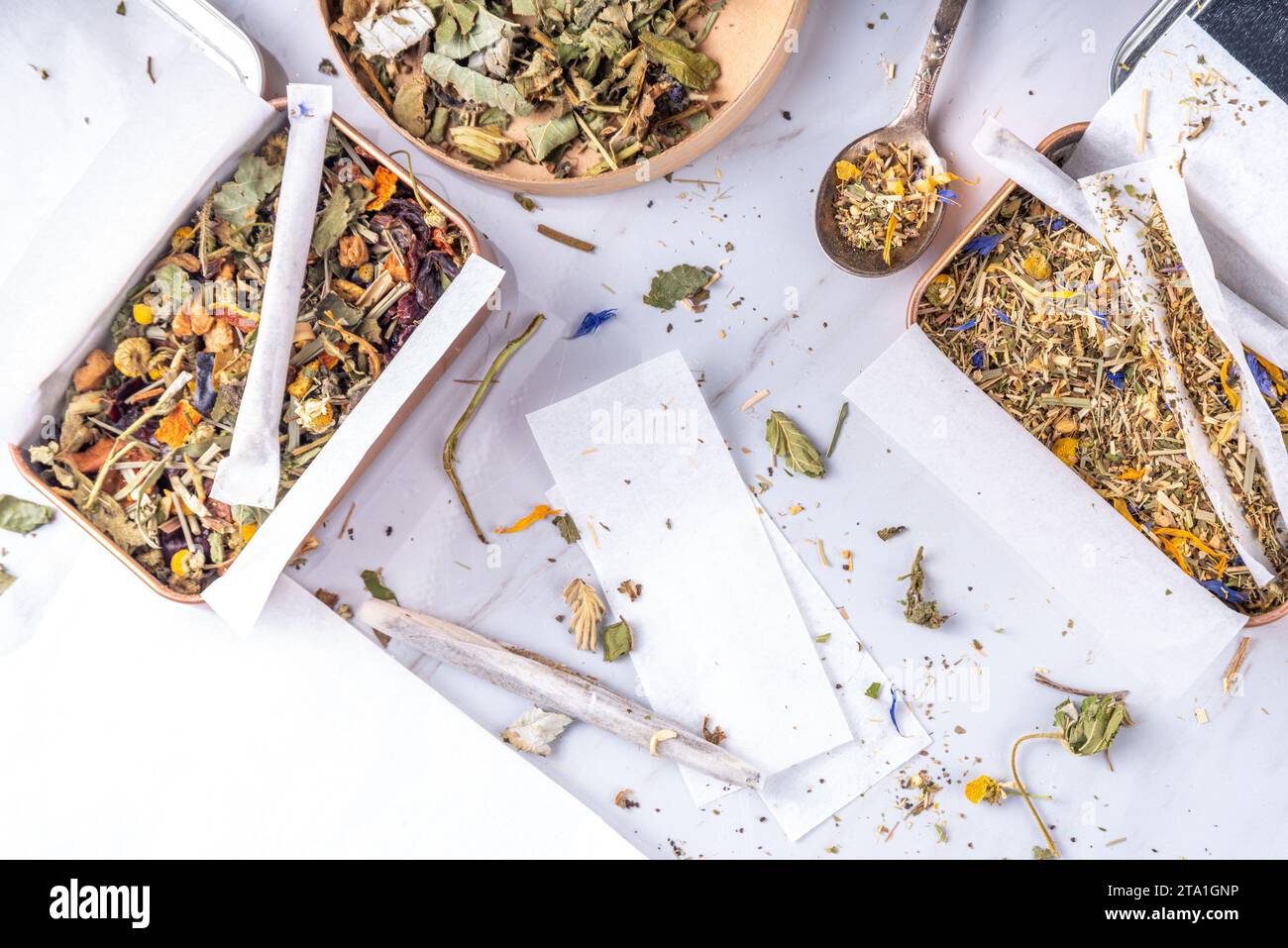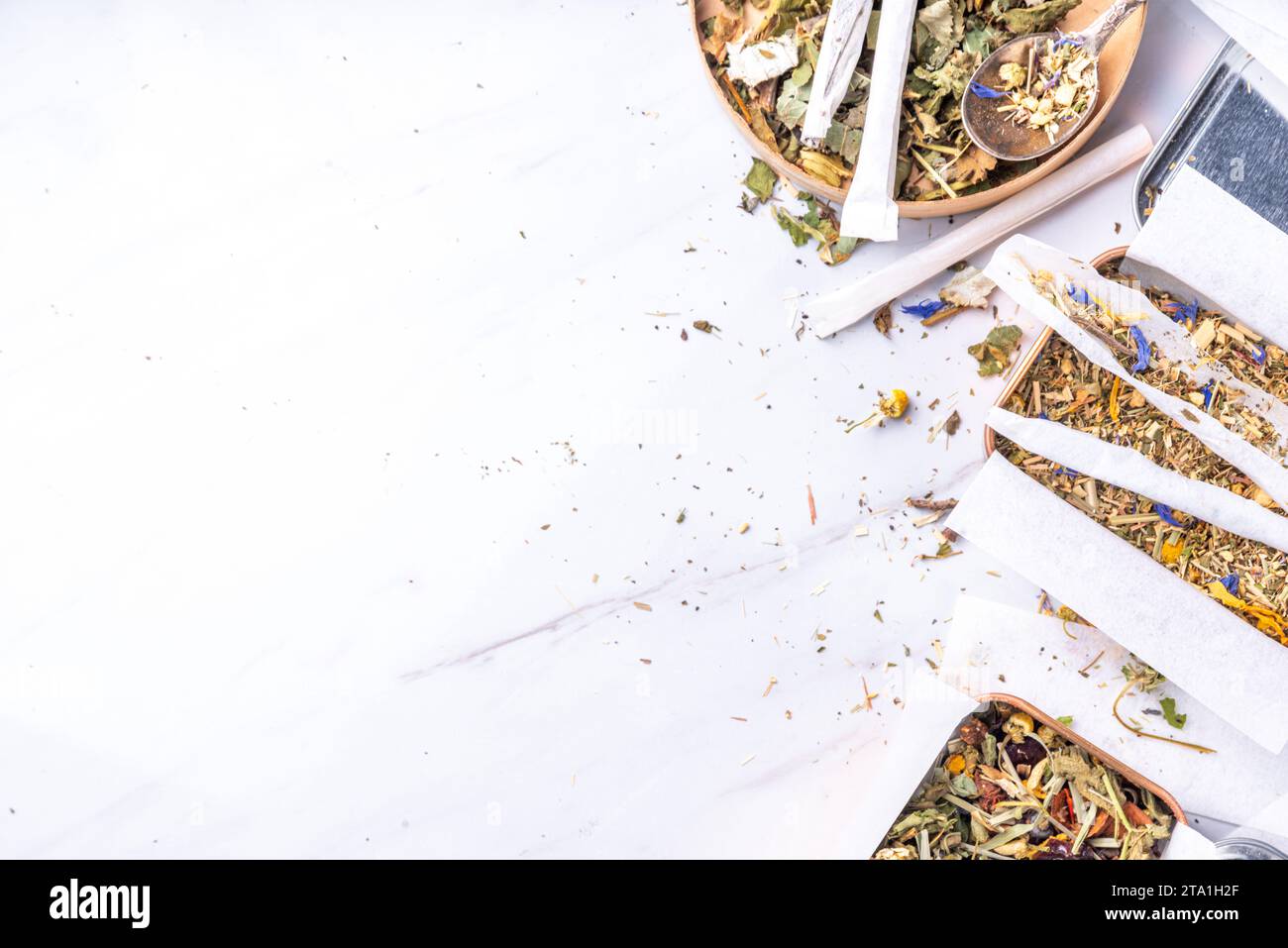
The Sacred Plume: Unearthing the Ancient Art of Traditional Smoking Mixtures
Before the ubiquitous tobacco cigarette dominated global consumption, humanity’s relationship with the act of smoking was a far more diverse and nuanced affair. Across continents and through millennia, indigenous cultures, shamans, healers, and even early European societies meticulously crafted smoking mixtures from an astonishing array of herbs, barks, flowers, and resins. These blends were not merely recreational; they were conduits for prayer, tools for healing, catalysts for vision, and symbols of social cohesion.
This exploration delves into the rich, forgotten world of traditional smoking mixture herbs and their preparation, peeling back the layers of history to reveal a profound human-plant interaction that predates modern commercial tobacco by thousands of years. It’s a journey into ethnobotany, ritual, and the enduring quest for connection – whether to the spiritual realm, the community, or one’s inner self – through the sacred plume.
Roots in Ritual and Reverence: A Global Heritage
The act of smoking is deeply embedded in human history, often predating written records. Archaeological evidence suggests the practice emerged independently in various parts of the world, each developing unique botanical traditions. In the Americas, the revered Nicotiana rustica, a potent wild tobacco, was central to countless indigenous ceremonies. Far from the commercial tobacco we know today, this variety was often mixed with other herbs, its use reserved for sacred occasions, peace treaties (hence the "peace pipe" or calumet), and healing rituals. "For many Indigenous peoples, smoking was a form of prayer, a way to send intentions and thanks to the Creator," notes ethnobotanist Wade Davis, highlighting the spiritual gravity of the act.
In Africa, various Leonotis species (Wild Dagga) and Sceletium tortuosum (Kanna) were traditionally smoked or chewed for their mild psychoactive and mood-enhancing properties, often within communal settings or by diviners seeking insight. Across Eurasia, herbs like Mugwort (Artemisia vulgaris) and Coltsfoot (Tussilago farfara) found their way into smoking blends, sometimes for medicinal purposes, sometimes for their purported ability to induce lucid dreams or provide a sense of calm.

These early smoking practices were characterized by intentionality. The collection of herbs, their preparation, and the act of smoking itself were often imbued with ritual, patience, and a deep respect for the plant kingdom.
The Botanical Palette: A Symphony of Flavors and Effects
The diversity of plants used in traditional smoking mixtures is staggering, each contributing unique properties to the blend. They can be broadly categorized by their primary roles: base herbs, flavor enhancers, and those with more pronounced psychoactive or medicinal effects.
1. The Foundation: Base Herbs for Body and Burn
- Mullein (Verbascum thapsus): Perhaps one of the most widely used base herbs globally, Mullein leaves are renowned for their light, fluffy texture, which creates a smooth, even burn. Often dubbed the "lung herb," it was traditionally smoked to soothe respiratory ailments like coughs and asthma. While modern science cautions that any smoke can irritate the lungs, Mullein’s demulcent properties were believed to mitigate harshness. Its mild, slightly sweet flavor makes it an excellent neutral base.
- Coltsfoot (Tussilago farfara): Another historical respiratory aid, Coltsfoot leaves were a common component of European smoking blends, particularly before the widespread availability of tobacco. Like Mullein, it was used to alleviate coughs and congestion. However, modern understanding has revealed the presence of pyrrolizidine alkaloids in Coltsfoot, which can be hepatotoxic, leading to a decline in its recommended use. This serves as a crucial reminder that "natural" does not always equate to "safe."
- Marshmallow Leaf (Althaea officinalis): Similar to Mullein, Marshmallow leaf provides a gentle, smooth smoke. Its mucilaginous properties were traditionally employed to soothe irritated mucous membranes, making it a comforting addition to herbal blends.

2. The Aromatic Accents: Flavor and Fragrance
- Peppermint & Spearmint (Mentha spp.): The crisp, cooling sensation of mint leaves provides a refreshing counterpoint to other herbs. They are often used to clear the airways and add a pleasant aroma to the smoke, much like modern menthol cigarettes, but in a natural form.
- Lavender (Lavandula angustifolia): Known for its calming and aromatic qualities, lavender flowers add a beautiful floral note and can contribute to a relaxing experience. Its inclusion often speaks to the blend’s intended purpose of tranquility or meditation.
- Rose Petals (Rosa spp.): Dried rose petals impart a delicate, sweet, and romantic fragrance to smoking mixtures. They are often used in blends intended for celebration, love, or simply for their exquisite aroma.
- Chamomile (Matricaria recutita): Like its tea, smoked chamomile can offer a gentle, calming effect with a subtle, apple-like sweetness. It’s often included in evening or meditative blends.
3. The Potent Players: Effects and Entheogens (Contextual Use)
- Damiana (Turnera diffusa): Hailing from Central and South America, Damiana has a long history of use as an aphrodisiac and mild euphoric. When smoked, it’s reputed to induce a gentle, relaxing buzz, making it a popular choice for social or sensual blends.
- Wild Dagga (Leonotis leonurus): Native to Southern Africa, the flowers and leaves of Wild Dagga, also known as Lion’s Tail, were traditionally smoked by the Khoikhoi for their mild euphoric and calming effects. It’s said to produce a gentle, cannabis-like sensation without the psychoactive intensity.
- Mugwort (Artemisia vulgaris): Widely distributed across Europe, Asia, and North America, Mugwort has a history of use in smoking blends, often associated with dream enhancement and divination. Its smoke is earthy and slightly bitter.
- Indian Tobacco (Lobelia inflata): Despite its common name, Lobelia is not related to Nicotiana tobacco. However, it contains lobeline, an alkaloid with similar, albeit milder, effects to nicotine, influencing the respiratory system and nervous system. Traditionally used by Native Americans as a medicinal herb, sometimes as a substitute for tobacco, it can induce relaxation or, in higher doses, nausea. Its use requires caution due to its potency.
- Kanna (Sceletium tortuosum): While primarily chewed, Kanna has also been traditionally smoked in South Africa for its mood-lifting and anxiety-reducing properties. It contains mesembrine alkaloids that interact with serotonin pathways.
- Cannabis (Cannabis sativa/indica): Though often treated separately due to its legal status and potent psychoactive properties, cannabis has a profound and ancient history as a smoked herb, especially in spiritual and medicinal contexts across Asia, Africa, and the Americas. Its use in traditional mixtures was often highly ritualized and controlled, far from modern recreational consumption patterns.
The Art of Preparation: From Plant to Plume
The creation of a traditional smoking mixture was often a meticulous and time-consuming process, a far cry from opening a packet of commercially processed tobacco.
- Harvesting: Herbs were typically gathered at specific times of the year or day, often guided by lunar cycles or the plant’s peak potency. Respect for the plant and its spirit was paramount, with offerings or prayers often given before harvesting.
- Drying: Proper drying is crucial to prevent mold and ensure an even burn. Herbs were usually air-dried in well-ventilated, shaded areas, either hung in bundles or spread on screens. The goal was to remove moisture without degrading the plant’s essential oils and active compounds.
- Curing (for some plants): For certain base herbs, like Nicotiana rustica, a curing process (often involving fermentation) was employed to enhance flavor, reduce harshness, and sometimes alter the alkaloid profile. This could involve stacking, pressing, and re-moistening the leaves over weeks or months.
- Shredding and Blending: Once dried and cured, the herbs were carefully shredded, often by hand, to achieve a consistent texture suitable for smoking. The art of blending lay in knowing the precise proportions of each herb to create the desired effect – whether for relaxation, energy, flavor, or a specific medicinal purpose. Recipes were often passed down through generations, embodying ancestral knowledge.
- Storage: Finished blends were stored in airtight containers, often made from natural materials like gourds or animal bladders, to preserve their freshness and potency.
The delivery methods were equally diverse: carved wooden or clay pipes (like the iconic calumet), rolled leaves (as seen with corn husks or other large plant leaves), or even rudimentary paper-like materials derived from plant fibers.
Modern Echoes and Ethical Considerations
In recent years, there has been a resurgence of interest in traditional herbal smoking mixtures, driven by a desire for natural alternatives to commercial tobacco, a fascination with ethnobotany, and a quest for mindful, ritualistic practices. Many contemporary herbalists and enthusiasts create their own blends for relaxation, meditation, or as tobacco cessation aids.
However, it is crucial to approach this ancient practice with caution and respect. The allure of "natural" does not equate to "safe" when combustion is involved. The act of burning any plant material produces tar, carbon monoxide, and other carcinogens that can be harmful to the lungs and overall health. Furthermore, the potency and potential interactions of various herbs are not always fully understood, and misidentification of plants can lead to serious consequences.
Ethical considerations also abound. Responsible sourcing, sustainable harvesting, and avoiding cultural appropriation are vital. Understanding the traditional context and purpose of these blends is key, rather than simply adopting them as novelties.
The Enduring Legacy
The world of traditional smoking mixture herbs and their preparation offers a profound window into humanity’s intricate relationship with the plant kingdom. It reveals a time when plants were not just resources, but revered entities, partners in ritual, healing, and spiritual journey. From the sacred calumet of the Plains Indians to the mood-enhancing blends of African shamans, these mixtures were more than just smoke; they were conduits of culture, history, and connection.
While modern science urges caution regarding the health implications of any smoked substance, the study of these traditional practices enriches our understanding of ethnobotany, ancient medicine, and the enduring human quest for meaning and well-being. It is a testament to the ingenuity and spiritual depth of our ancestors, a sacred plume rising from the ashes of time, still whispering tales of the earth and sky.

